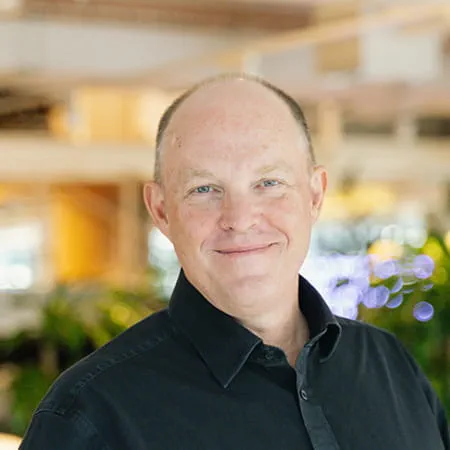 Kate Adlington
Global Press Office,London
Kate Adlington
Global Press Office,London
The pandemic has made Londoners more disillusioned with city life than people in other major European cities, a survey by the engineering, design and consulting firm, Arup, has shown. A lack of access to essential facilities in local neighbourhoods has led to nearly half (47%) of Londoners complaining that amenities are too far away.
The survey, Arup’s City Living Barometer, which questioned over 5,000 residents across London, Paris, Madrid, Berlin and Milan used the increasingly influential concept of the “15-minute city” to assess the liveability of each city. The concept argues that city dwellers enjoy a better quality of life when essential facilities are within 15 minutes walking or cycling distance of home.
